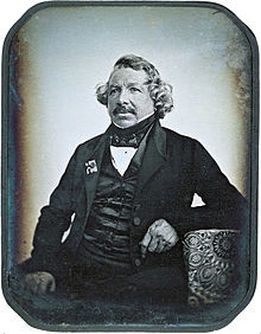
It was 175 years ago today that the invention of Louis Jacques Mandé Daguerre (left) was officially made public. On 7 January 1839 François Arago told an astonished meeting of the Académie des Sciences in Paris about Daguerre’s success with his new technique for capturing and fixing an image. Details were not revealed in his speech, but members of the Académie were shown examples of the images, which came to bear the name of their inventor.
Daguerreotypes were made by holding a thin plate of silver-coated copper over iodine fumes which coated the surface in light-sensitive silver iodide. When exposed to light in the camera, this produced a latent image which could then be developed with heated mercury. The image was then fixed using common salt – a process later improved by using ‘hypo’ or hyposulphite of soda.
The highly polished silver surface of the plate gives daguerreotypes their distinctive mirror-like reflective appearance, but it also makes them quite tricky to photograph – my attempt to photograph one of my own daguerreotypes (right) does not do justice to this lovely image of two young girls.The great beauty of Daguerre’s process is that the resulting images are remarkably detailed, clear and precise. This gave them the edge over the rival process invented by William Henry Fox Talbot (below) who was caught off guard by Arago’s announcement.
The wet collodion process was invented in 1851 and involved pouring a solution of collodion over a glass plate which was then immersed in silver nitrate solution and exposed while still wet: hence the name. The resulting negative image could be used to produce any number of positive prints; these were usually made on albumen paper.The ambrotype is a slight variation on this process: instead of using the glass plate as a negative, the back of the plate was painted with black varnish and it was then placed inside a sealed case similar to those used to protect daguerreotypes. When viewed against the dark background, the negative image actually looks like a positive one – an illusion often further enhanced through the use of hand tinting.Archer published details of his process in The Chemist magazine in March 1851. Daguerre died four months later, on 10 July 1851. Despite its reliance on dangerous chemicals, the wet collodion process soon supplanted the daguerreotype.
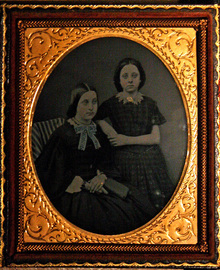
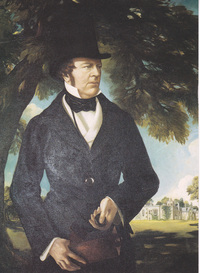
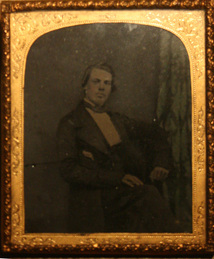
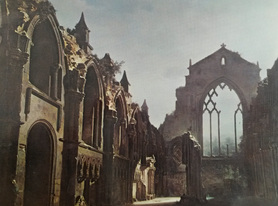
Good reading post. Thank for share this post
Hey, very nice site. I came across this on Google, and I am stoked that I did. I will definitely be coming back here more often. Wish I could add to the conversation and bring a bit more to the table, but am just taking in as much info as I can at the moment. Thanks for sharing.
Clavicle Support Brace Posture
Keep Posting:)